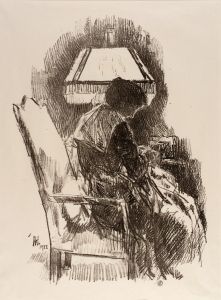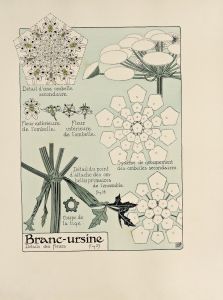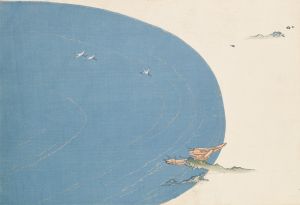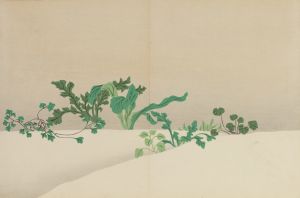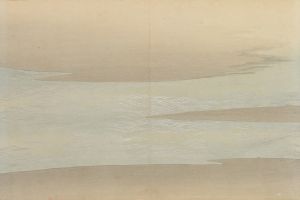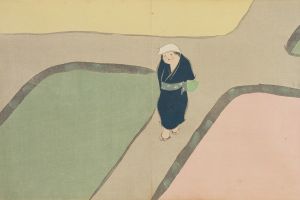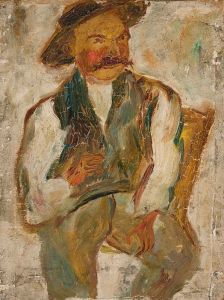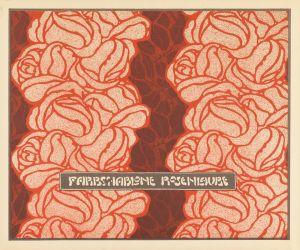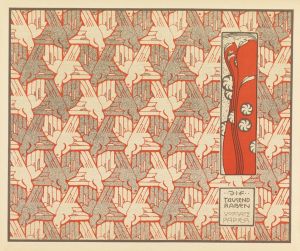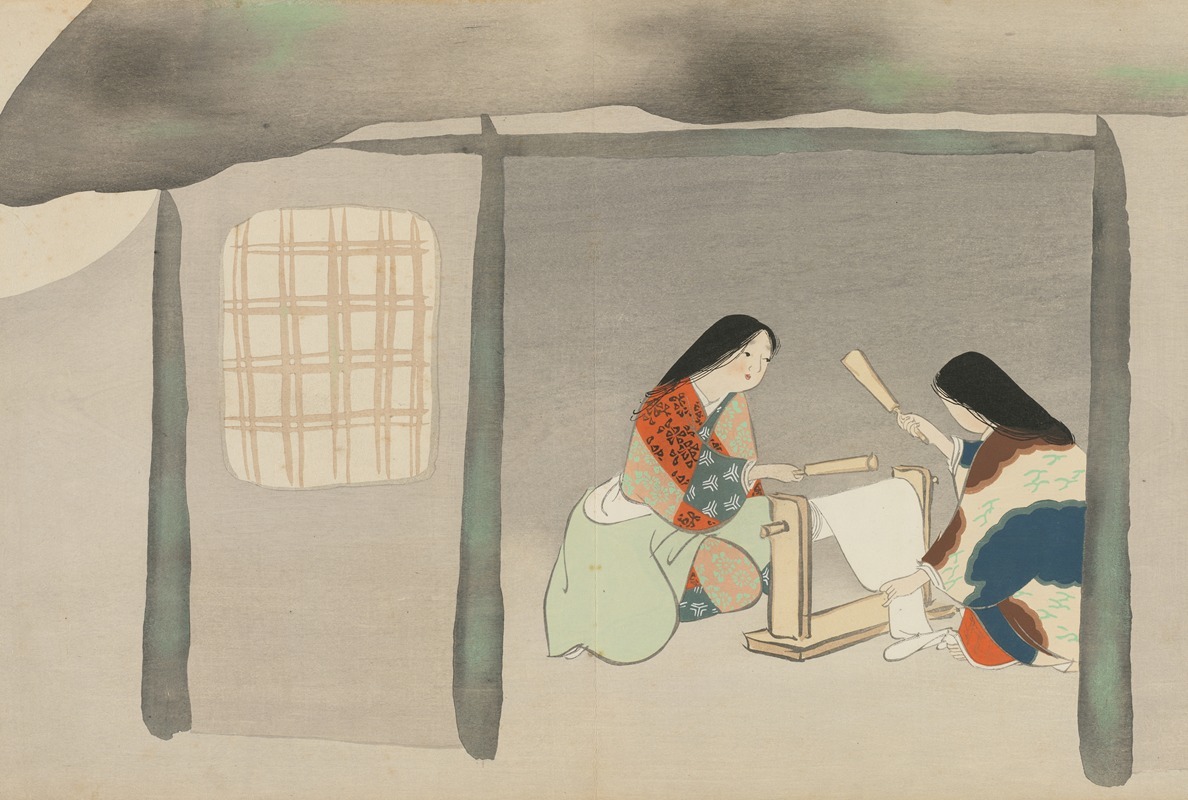
Fulling Silk
A hand-painted replica of Kamisaka Sekka’s masterpiece Fulling Silk, meticulously crafted by professional artists to capture the true essence of the original. Each piece is created with museum-quality canvas and rare mineral pigments, carefully painted by experienced artists with delicate brushstrokes and rich, layered colors to perfectly recreate the texture of the original artwork. Unlike machine-printed reproductions, this hand-painted version brings the painting to life, infused with the artist’s emotions and skill in every stroke. Whether for personal collection or home decoration, it instantly elevates the artistic atmosphere of any space.
Kamisaka Sekka (1866–1942) was a prominent Japanese artist and designer, known for his contributions to the Rinpa school of painting. One of his notable works is "Fulling Silk," which exemplifies his mastery in combining traditional Japanese aesthetics with modern influences.
"Fulling Silk" is a part of Sekka's broader oeuvre that showcases his ability to blend the classical Rinpa style with contemporary elements. The Rinpa school, originating in the early 17th century, is characterized by its use of vibrant colors, bold compositions, and a decorative approach to nature and everyday subjects. Sekka, being a late Rinpa artist, revitalized these traditional techniques and motifs, infusing them with a modern sensibility that appealed to the tastes of his time.
In "Fulling Silk," Sekka employs a meticulous attention to detail and a refined sense of composition. The artwork depicts the traditional Japanese process of fulling silk, a method used to clean and thicken the fabric. This process involves soaking the silk in water and then beating it to remove impurities and enhance its texture. Sekka's portrayal of this scene is both delicate and dynamic, capturing the rhythmic motion and the serene atmosphere of the activity.
The painting is notable for its use of color and texture. Sekka's palette is both vibrant and harmonious, with a careful balance of hues that bring the scene to life. The silk, rendered with exquisite detail, appears almost tangible, showcasing Sekka's skill in depicting different materials. The background elements, often simplified and stylized, provide a contrast that highlights the central action of fulling silk.
Sekka's work is also marked by his innovative use of perspective and space. In "Fulling Silk," he employs a flattened perspective that is characteristic of traditional Japanese art, yet he also introduces a sense of depth and movement that adds a dynamic quality to the composition. This blend of traditional and modern techniques is a hallmark of Sekka's style and contributes to the enduring appeal of his work.
"Fulling Silk" reflects Sekka's broader artistic philosophy, which sought to preserve the beauty of traditional Japanese art while also embracing new ideas and influences. His work was part of a larger movement in early 20th-century Japan that aimed to modernize traditional arts and crafts, making them relevant to contemporary audiences. Sekka's contributions to this movement were significant, and his works continue to be celebrated for their beauty, craftsmanship, and innovative spirit.
Today, Kamisaka Sekka is regarded as one of the most important figures in modern Japanese art. His works, including "Fulling Silk," are held in high esteem and can be found in major museums and collections around the world. They serve as a testament to his skill and vision, as well as to the enduring legacy of the Rinpa school.







